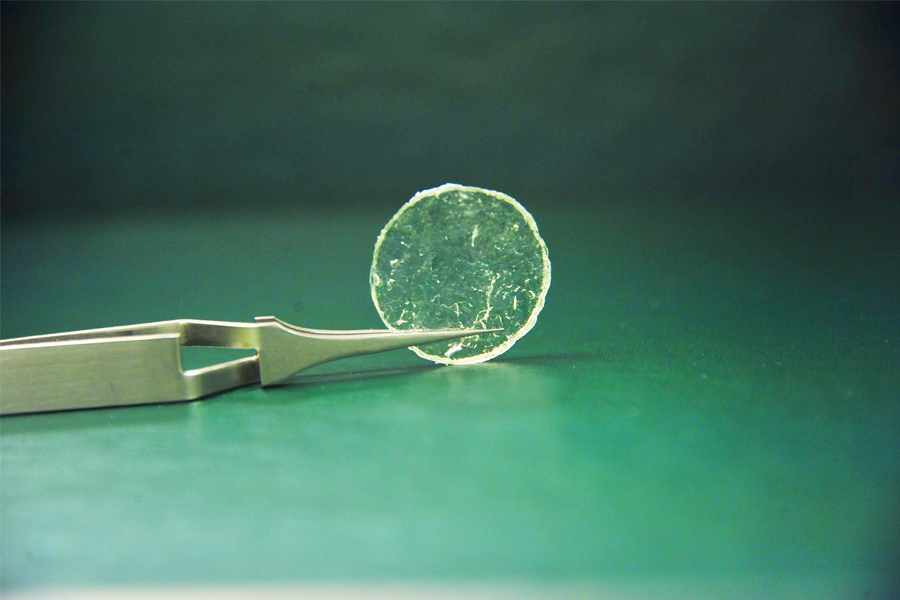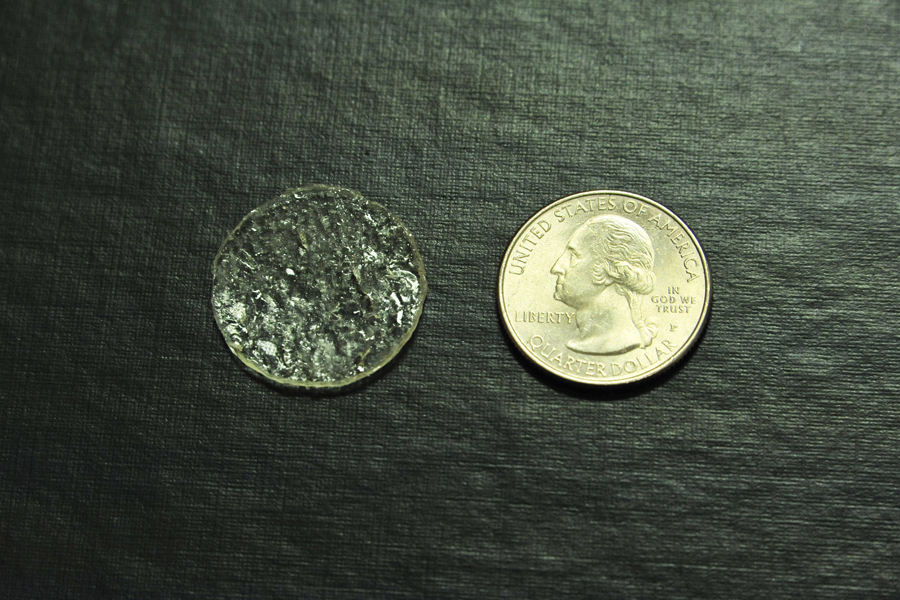
Florida State University researchers are helping to write the “cookbook” describing the properties of vitrimers, a promising material that combines the benefits of different types of polymers.

Researchers at the FAMU-FSU College of Engineering developed a theoretical model that explains the flow of these polymer materials. They found that the energy required for them to start flowing is the sum of the energy required to break the bonds of two separate parts of the polymer, knowledge that is useful for manufacturers or recyclers who are designing ways to use vitrimers. Their work was published in Macromolecules.
“If you’re able to predict the flow properties, that helps guide the design of the processing units to process these,” said Ralm Ricarte, an assistant professor of chemical and biomedical engineering at the FAMU-FSU College of Engineering and paper co-author. “You can understand at what temperature it will start flowing and how viscous it will be. If you want to create a special application, you could determine what sort of chemistry you would need in order to build what you want with the very specific properties you might want.”
Vitrimers are a material developed in the 2010s that combine the benefits of two types of polymers: thermosets and thermoplastics. Thermosets are strong. They’re mechanically robust and are resistant to breaking down. Thermoplastics are flexible. They don’t have the same mechanical strength as thermosets, but they can be melted and reshaped several times over. Vitrimers, with the benefits of those two materials, could be useful for 3D printing, shock-absorbing materials, battery electrolytes and in other applications.
The chains of polymers are bonded together by a set of molecules known as cross-links. In vitrimers, those cross-links can move to different parts of the polymer chains. The working assumption was that vitrimers’ abilities to flow under different conditions — which affects their ability to be recycled and how easily they could be processed — only depended on their cross-links.
“We challenged that assumption, and we developed a theoretical model that allowed us to probe on the molecular level how the chemical structure of a vitrimer affected its flow behavior,” Ricarte said.
The model included three cross-links with a range of switching speeds: fast, medium and slow. Researchers paired each of those three backbones with different flexibility: high, medium and low. That allowed them to identify the activation energy needed for a range of different combinations to start flowing like a fluid — which is essential for being able to melt and reshape the material.
They found that the activation energy required for a vitrimer to flow like a fluid is the sum of the energy required to break the bonds of the cross-links and of the polymer backbone.
“What this suggests is that if you know the activation energy of a cross-links and a polymer backbone, then you’re able to predict what the final activation energy of a vitrimer will be,” Ricarte said. “It really simplifies things.”
Although this paper was based on a theoretical model, researchers at the University of Illinois at Urbana-Champaign recently published results from an experiment that matches the predictions the FSU researchers made with their model.
Sachin Shanbhag, a professor in the FSU Department of Scientific Computing, was a co-author of this paper. This work was supported by the National Science Foundation as well as Florida State University and the FAMU-FSU College of Engineering.
"flow" - Google News
July 15, 2021 at 09:03PM
https://ift.tt/3z0YJOe
FSU reseachers develop new model of flow properties for class of polymers - Florida State News
"flow" - Google News
https://ift.tt/2Sw6Z5O
https://ift.tt/2zNW3tO
Bagikan Berita Ini















0 Response to "FSU reseachers develop new model of flow properties for class of polymers - Florida State News"
Post a Comment